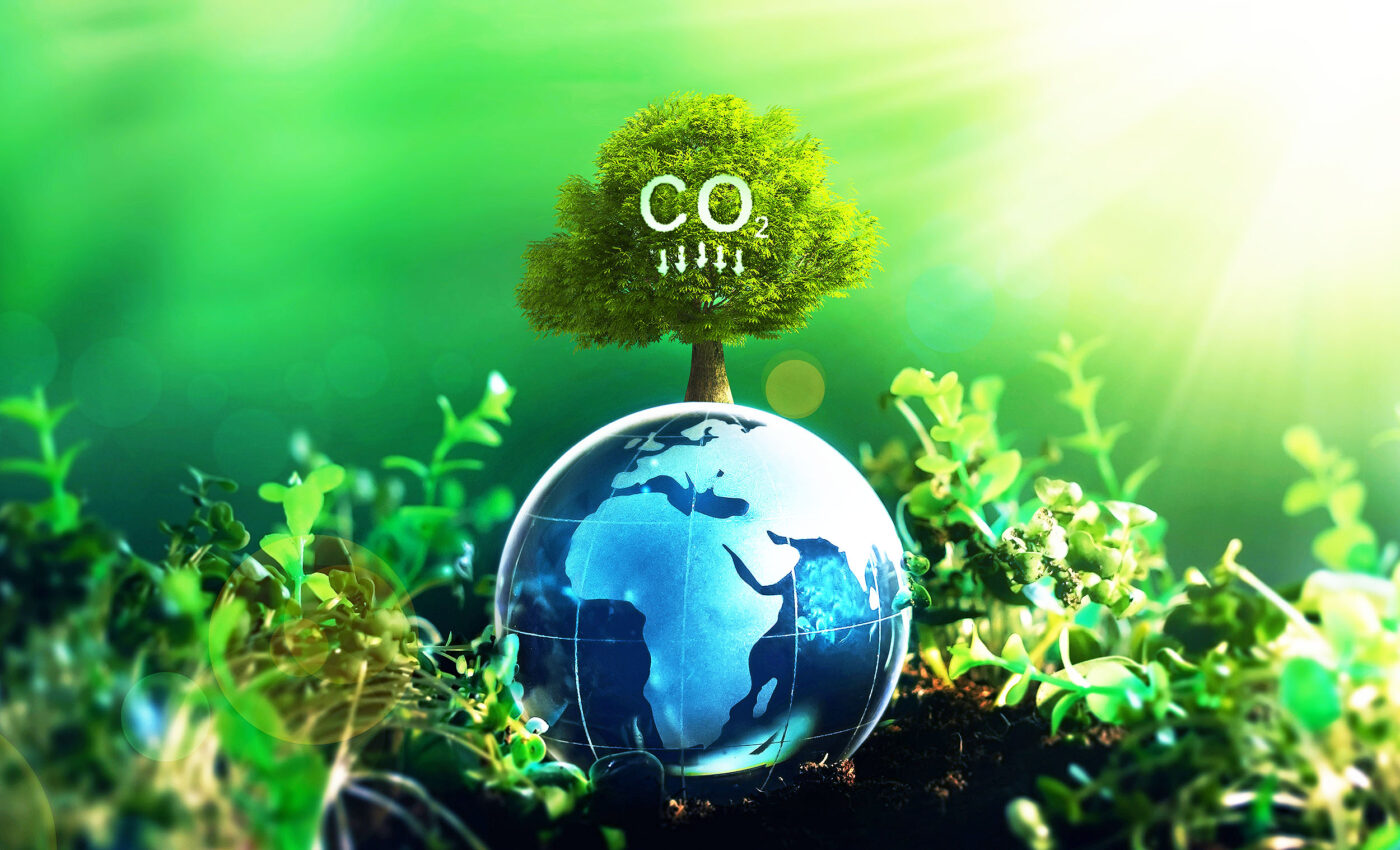
CO2 increase is 10 times faster today than in the past 50,000 years
The current rate of atmospheric carbon dioxide (CO2) increase is 10 times faster in the present day than at any other point in the past 50,000 years.
This finding, based on a detailed chemical analysis of ancient Antarctic ice, provides crucial insights into abrupt climate change periods in Earth’s history and sheds light on the potential impacts of climate change today.
The study, led by Kathleen Wendt, an assistant professor in Oregon State University’s College of Earth, Ocean, and Atmospheric Sciences (CEOAS), and published in the Proceedings of the National Academy of Sciences, emphasizes the unprecedented nature of the current CO2 rise.
“Studying the past teaches us how today is different. The rate of CO2 change today really is unprecedented,” Wendt stated. “Our research identified the fastest rates of past natural CO2 rise ever observed, and the rate occurring today, largely driven by human emissions, is 10 times higher.”
How CO2 increases impact climate change
Carbon dioxide, a naturally occurring greenhouse gas, plays a significant role in the Earth’s climate. When CO2 enters the atmosphere, it contributes to the warming of the climate through the greenhouse effect.
While CO2 levels have fluctuated in the past due to ice age cycles and other natural causes, today’s rising levels are primarily attributed to human emissions.
Unearthing the secrets of Antarctic ice
To analyze past climate conditions, scientists drill cores up to 2 miles (3.2 kilometers) deep into the Antarctic ice, which has built up over hundreds of thousands of years.
The ice contains ancient atmospheric gases trapped in air bubbles, allowing researchers to study trace chemicals and reconstruct past climate records.
Previous research had indicated several periods during the last ice age, which ended about 10,000 years ago, where carbon dioxide levels appeared to jump much higher than the average.
However, those measurements lacked the necessary detail to fully understand the nature of these rapid changes, limiting scientists’ ability to comprehend the underlying processes.
Rapid CO2 increases throughout history
Intrigued by these findings, Wendt and her colleagues set out to investigate these periods in greater detail using samples from the West Antarctic Ice Sheet Divide ice core.
They identified a pattern revealing that the jumps in carbon dioxide coincided with North Atlantic cold intervals known as Heinrich Events, which are associated with abrupt climate shifts worldwide.
Christo Buizert, an associate professor in the College of Earth, Ocean, and Atmospheric Sciences and co-author of the study, described the significance of these events.
“These Heinrich Events are truly remarkable. We think they are caused by a dramatic collapse of the North American ice sheet. This sets into motion a chain reaction that involves changes to the tropical monsoons, the Southern hemisphere westerly winds and these large burps of CO2 coming out of the oceans,” Buizert explained.
Unprecedented rate of CO2 rise
The study found that during the largest of the natural CO2 rises, the concentration increased by about 14 parts per million in 55 years, occurring approximately once every 7,000 years.
In stark contrast, at today’s rates, that magnitude of increase takes only 5 to 6 years, highlighting the unprecedented nature of the current CO2 rise.
Role of westerly winds and the Southern Ocean
Evidence suggests that during past periods of natural carbon dioxide rise, the strengthening of westerly winds played a crucial role in the circulation of the deep ocean, leading to a rapid release of CO2 from the Southern Ocean.
Other research has indicated that these westerlies are likely to strengthen over the next century due to climate change. The new findings suggest that if this occurs, it will reduce the Southern Ocean’s capacity to absorb human-generated carbon dioxide.
Wendt emphasized the importance of this finding: “We rely on the Southern Ocean to take up part of the carbon dioxide we emit, but rapidly increasing southerly winds weaken its ability to do so.”
Importance of understanding Earth’s climate past
This disturbing study highlights the significance of understanding Earth’s climate history in the context of current climate change.
By unraveling the secrets hidden within ancient Antarctic ice, researchers have provided valuable insights into the potential impacts of rapidly increasing CO2 levels and the role of the Southern Ocean in absorbing human-generated carbon dioxide.
As we face the challenges of a changing climate, studies like this underscore the need for continued research and action to mitigate the effects of human-induced climate change. By learning from Earth’s past, we can better understand and prepare for the future of our planet.
The full study was published in the journal Proceedings of the National Academy of Sciences.
—–
Like what you read? Subscribe to our newsletter for engaging articles, exclusive content, and the latest updates.
Check us out on EarthSnap, a free app brought to you by Eric Ralls and Earth.com.
—–













